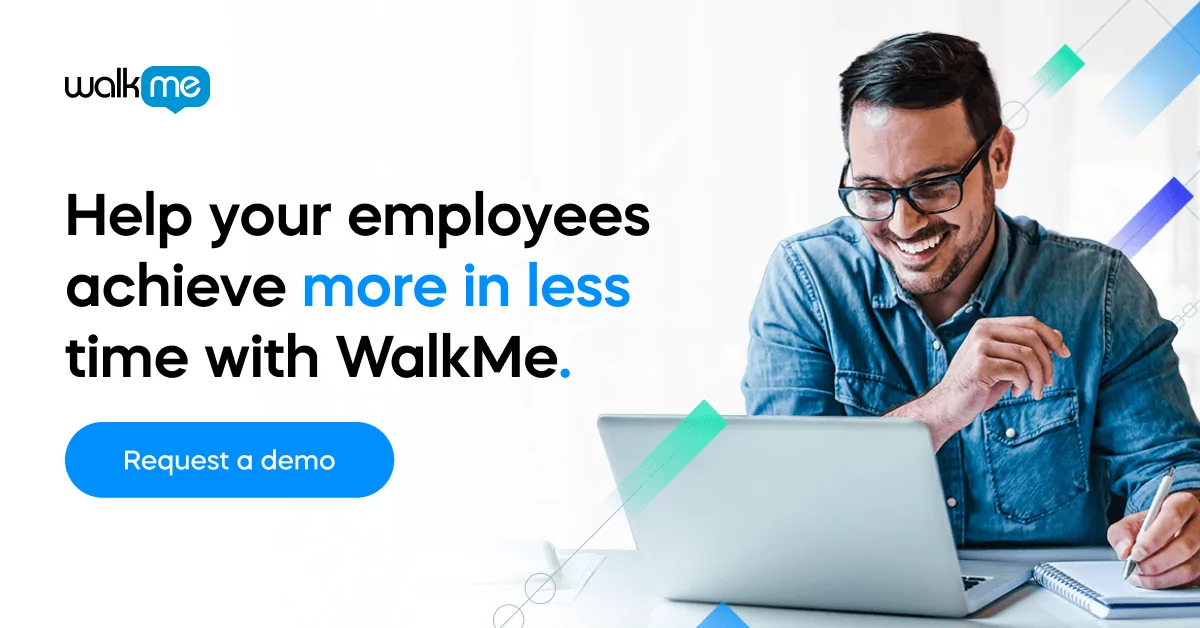Remote interviewing and onboarding has become a common challenge for HR professionals and hiring managers.
Since new hires aren’t working onsite with their teams, they must learn workflows without oversight or face-to-face guidance. The isolated nature of remote working also makes it more difficult to address problems, create a cohesive corporate culture, and integrate employees into the organization’s social environment.
That being said, remote working does have its benefits—but to actually gain those benefits it is necessary to address the challenges associated with working from home. This is especially true during the earliest and most sensitive stages of the remote employee’s life cycle: remote interviewing and onboarding.
Below, we’ll look at a few ways managers and HR professionals can streamline the remote hiring process.
The employee journey
The earliest stages of the employee journey include:
- Recruitment
- Interviewing
- Onboarding
These are crucial stages in any employee’s journey because they construct the employee’s first impression of the company.
Onboarding and retention are closely linked, which means that better impressions and more fluid onboarding experiences will raise the likelihood that employees will stay with the company.
Old onboarding strategies must be upgraded to keep up with the digital-first, remote-ready workplace.
Let’s look at a few tips and tools that can help hiring professionals streamline the digital onboarding process.
The 5 major tips
1. Use the right communications tools during the hiring process
During onboarding, employees have yet to adopt the company’s communication tools. HR should therefore have a separate communication toolbox that they use to communicate during the hiring and interview processes.
These tools should naturally be available and easily accessible to anyone.
Examples include:
- Chat apps, such as Slack
As employees move through the hiring “funnel,” more communication platforms can be introduced, such as knowledge bases, self-service tools, employee training tools, and other internal platforms.
2. Track progress with collaborative software
Since several people and departments will be involved with the hiring and onboarding processes, it is important to not only track the progress of the hiring process, it is equally necessary to use collaborative tools to accomplish this.
Here are a few examples:
- HCM platforms, such as Workday®
- HR suites, such as BambooHR
- Task management tools, such as Trello
- Project management apps, such as Wrike
These types of platforms can act as one-stop hubs for the onboarding process, providing the employee and relevant managers the ability to see where the employee is in their journey, check off items on the onboarding checklist, collaborate, and more.
3. Use digital adoption platforms (DAPs) for onboarding and training
Digital adoption platforms (DAPs) are composable tools that can be used throughout the employee journey.
WalkMe’s platform, for instance, provides:
- Self-service employee support
- Automated software onboarding
- Workflow training and software walkthroughs
- Software analytics
During remote onboarding, DAPs such as WalkMe’s Workstation are especially useful, since they can be used for onboarding and training from anywhere.
4. Check in frequently and maintain contact
Social isolation is one of the biggest complaints from remote workers. Other challenges include difficulty collaborating, staying motivated, and dealing with distractions.
While employers can’t control some issues related to remote work, they can influence others.
For example:
- Requiring daily check-ins (try grabbing a virtual coffee) can introduce structure into the employee’s work environment
- Check-ins can also help managers empathize with new hires’ sentiments and their states of mind
- Increasing virtual social contact can combat feelings of isolation and disconnectedness from coworkers, both during and after onboarding
It is essential to make up for the lack of physical proximity that comes with onsite work. That increased communication can go a long way towards maintaining a cohesive organizational culture, improving employee attitudes, and minimizing friction before it occurs.
5. Learn what works, what doesn’t, and stay innovative
In 2020, remote onboarding became a necessity for many companies around the globe. Yet, for many people, remote work was new and required rethinking existing workflows, designing new ones, and adopting new software.
Since remote working will be more common in the years to come, it is important to continue evolving the remote hiring process.
We are already moving into the “next normal” and hybrid office models are sprouting up everywhere. Organizations will naturally choose their own model, and some may opt to fully return to onsite work.
However, for those that want to stay flexible—and those that want to stay resilient and ready for unforeseen disruptions—it is a good idea to continue developing the remote onboarding process.
Consider:
- Creating and documenting a well-structured remote hiring and onboarding process
- Collecting more feedback from managers and employees
- Tracking key employee metrics that are affected by onboarding, such as employee productivity, time-to-competency, and retention
- Regularly working with relevant parties to redesign and improve remote onboarding procedures
Innovation and continual improvement should become key principles of any business process, including employee onboarding. This is especially true during times of disruption, but it is also worth remembering that even during stable times, HR workflows still impact organizational health and the bottom line.


